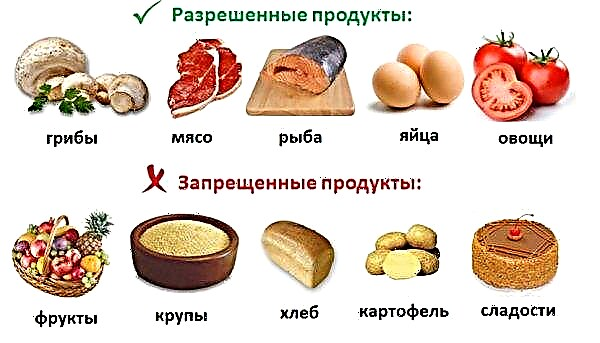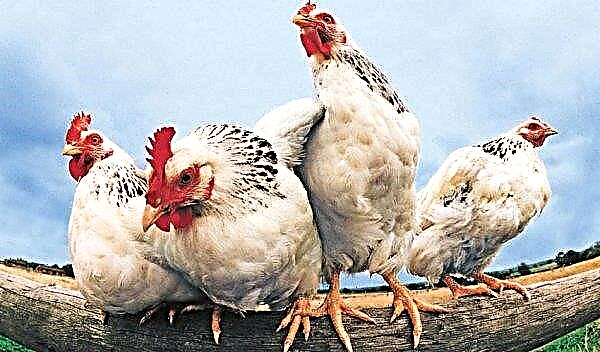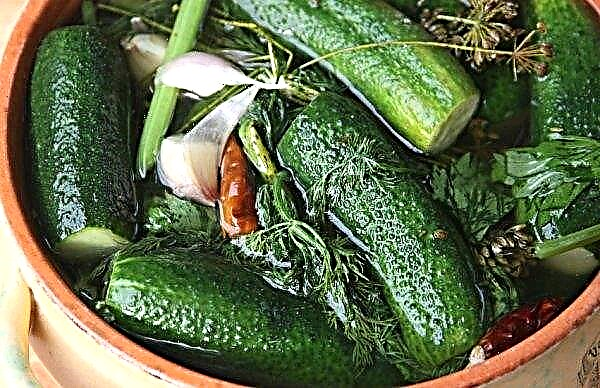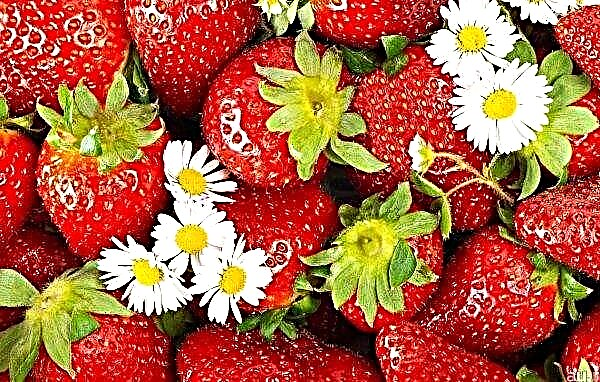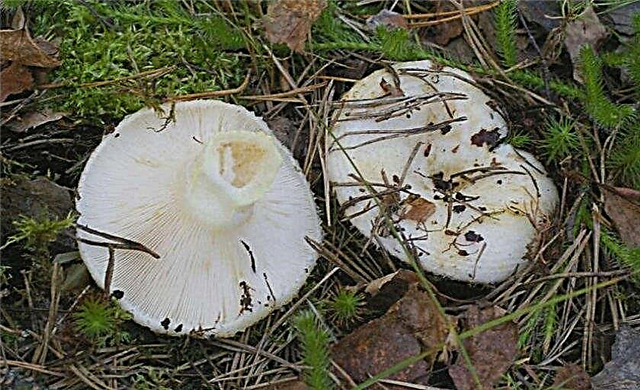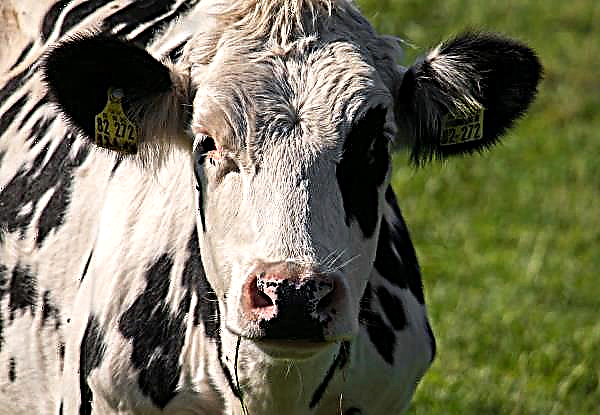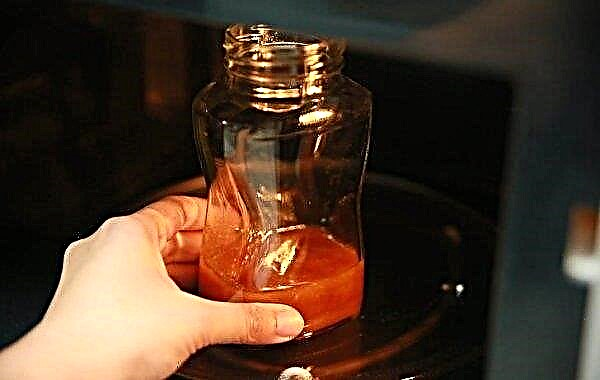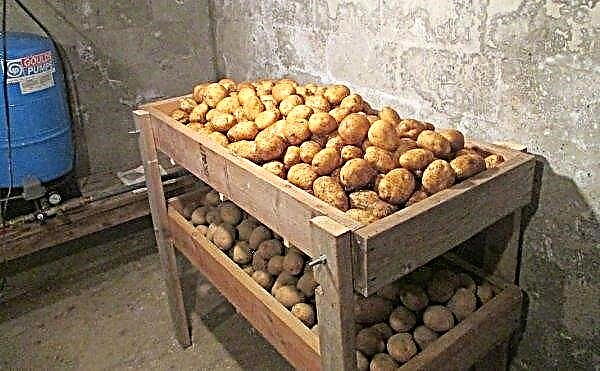Plants are the foundation of all life on Earth. They create the oxygen we breathe. The process of oxygen formation is carried out by chloroplasts, small organelles that are contained in plants. Read about chloroplasts and their functions in carrots in the article.
Did you know? The average chloroplast diameter is about 3 microns. In one square millimeter of the surface of the sheet there are about half a million.
What are chloroplasts?
Chloroplasts are organelles found in the cells of plants and some other simple organisms that use the energy of sunlight to enrich energy molecules in food through photosynthesis. They produce sugar for the plant, which is then converted into growth energy. The presence of chlorophyll in these organelles gives them a green color. Such organelles are found only in plant cells and other eukaryotic organisms that are capable of photosynthesis. In organisms of animal origin, they do not occur.
They produce sugar for the plant, which is then converted into growth energy. The presence of chlorophyll in these organelles gives them a green color. Such organelles are found only in plant cells and other eukaryotic organisms that are capable of photosynthesis. In organisms of animal origin, they do not occur.
Did you know? The first roots of carrots were white or purple. The orange ones we know are the result of the work of Dutch breeders.
Are there chloroplasts in the root of carrots?
Carrot cells are tiny individual structures within the root crop. Actually, any plant organism consists of cells, including carrots. To see them, place a piece of root under the microscope. Organelles in the fruits of tomato, fungus tinder fungus and any other plant have a similar structure. Leaves are the organ of a plant whose cells contain these organelles, since the main function of the leaf is to absorb sunlight. Root cells may also contain chloroplasts. But in different sources, the fact of the presence of these organelles in root cells is evaluated differently.
Chloroplast functions:
- sunlight absorption;
- the production of glucose and oxygen from water and carbon dioxide using sunlight.
 You can compare chloroplast in a plant with a solar panel. Like her, he receives energy and transforms it. In the same way, the panel uses the received energy to convert it into resources for the functioning of the house, etc.
You can compare chloroplast in a plant with a solar panel. Like her, he receives energy and transforms it. In the same way, the panel uses the received energy to convert it into resources for the functioning of the house, etc.Important! If you see how a part of the root or tuber crops turned green, then this is not photosynthesis, but the formation of plant poison — solanine. It is dangerous for both people and animals. Therefore, the green part of the plant is forbidden to eat. There is no antidote to solanine.
Biological Description of Carrot Root
Carrots are made up of leaves that are attached to small rods and root vegetables. The root system has a fibrous structure. The root form is rod, cylindrical. It can reach 6 cm in diameter and 30 cm in length. The color of the root is reddish yellow.
Functional purpose of the root:
- creation of a stock of nutrients;
- providing plants with nutrients.

Root cells accumulate soluble carbohydrates - glucose and other sugars. They are dissolved in cell sap. The main root cells are chromoplasts. They contain pigments of the carotenoid group. They paint carrots in yellow, red colors. If you place a carrot slice on the microscope sight glass, you can see that the root cells contain numerous stained chromoplasts. They can develop from chloroplasts. In this case, the organelle must lose chlorophyll and starch. This process can be observed when some vegetables or fruits go from the stage of technical maturity to full.
Important! While other vegetables need to be removed from the site before the onset of cold weather, carrots can winter in the ground in regions with a warm climate. At the same time, carrot sugars become more concentrated, and the result is a very tasty and sweeter vegetable.
Chloroplasts are an important component of a plant cell. Without them, there would be no oxygen, which means that the organisms that need it for life would not have developed.

